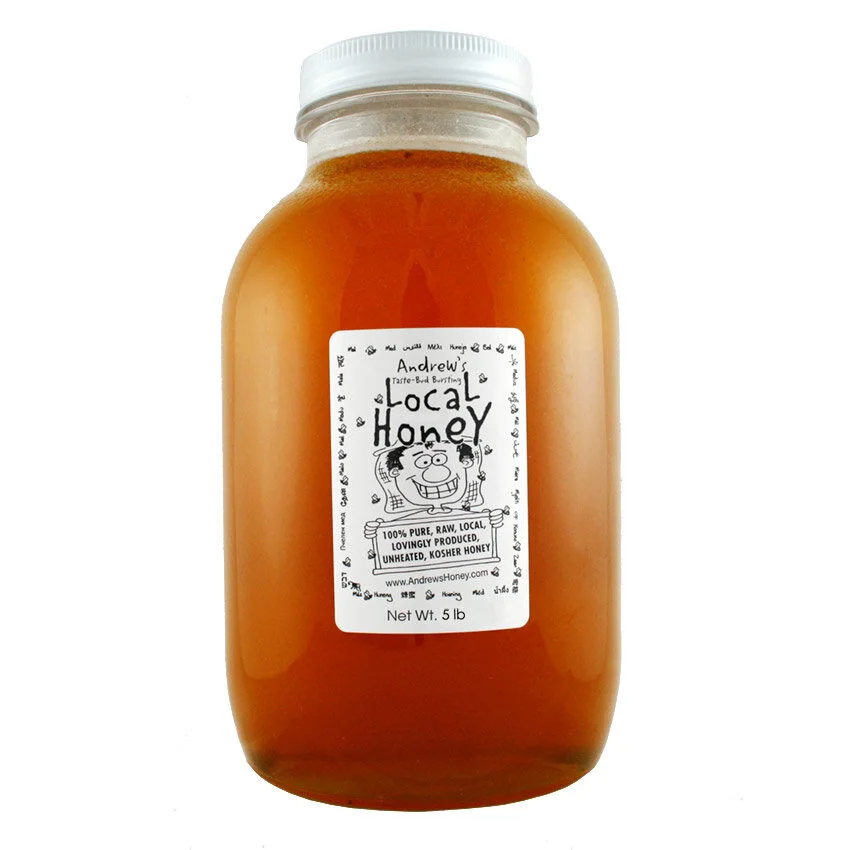 Image 1 of 2
Image 1 of 2

 Image 2 of 2
Image 2 of 2



Bamboo Honey (which is actually Japanese Knotweed honey)
Andrew’s raw Bamboo Honey is actually not from bamboo at all. It derives from a plant called Japanese Knotweed, which is also known as American Bamboo. The honey is typically referred to as Bamboo Honey instead of Knotweed Honey, because the hollow stems and swollen nodes of Japanese knotweed have a strong enough resemblance that many beekeepers refer to the honey produced from the plant as bamboo honey. Andrew’s Bamboo Honey is a dominantly monofloral honey, rich and dark in color. It has an earthy attribute best described as a cross between maple syrup and blackstrap molasses.
Although it is not related to bamboo, Japanese knotweed does share a family with buckwheat (Fagopyrum esculentum), another excellent bee plant. Like buckwheat, the nectar from Japanese knotweed yields honey towards the darker end of the color spectrum, sometimes described as red. The honey has a strong flavor, but it is not as intense as buckwheat honey. Knotweed honey is also reported to granulate readily.
In the US, Japanese Knotweed it is an invasive plant. It originated in Asia, where it is eaten as a spring vegetable, and is used in a number of herbal remedies. The honey has a dark, molassy appearance, but the flavor is much sweeter than that of Buckwheat Honey. An interesting honey, and some years difficult to find.
Andrew’s raw Bamboo Honey is actually not from bamboo at all. It derives from a plant called Japanese Knotweed, which is also known as American Bamboo. The honey is typically referred to as Bamboo Honey instead of Knotweed Honey, because the hollow stems and swollen nodes of Japanese knotweed have a strong enough resemblance that many beekeepers refer to the honey produced from the plant as bamboo honey. Andrew’s Bamboo Honey is a dominantly monofloral honey, rich and dark in color. It has an earthy attribute best described as a cross between maple syrup and blackstrap molasses.
Although it is not related to bamboo, Japanese knotweed does share a family with buckwheat (Fagopyrum esculentum), another excellent bee plant. Like buckwheat, the nectar from Japanese knotweed yields honey towards the darker end of the color spectrum, sometimes described as red. The honey has a strong flavor, but it is not as intense as buckwheat honey. Knotweed honey is also reported to granulate readily.
In the US, Japanese Knotweed it is an invasive plant. It originated in Asia, where it is eaten as a spring vegetable, and is used in a number of herbal remedies. The honey has a dark, molassy appearance, but the flavor is much sweeter than that of Buckwheat Honey. An interesting honey, and some years difficult to find.








